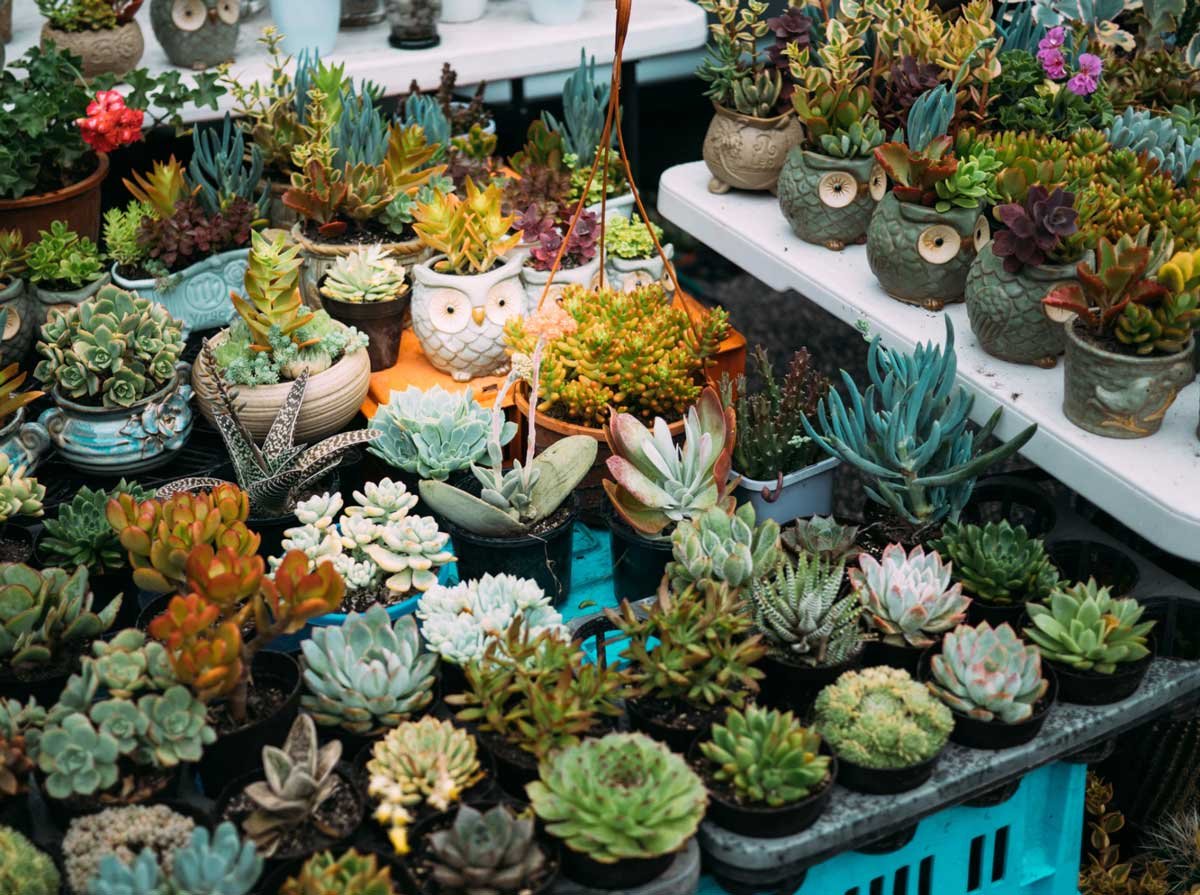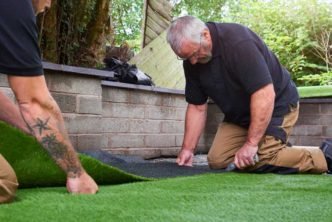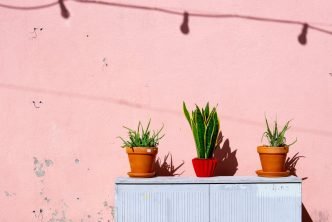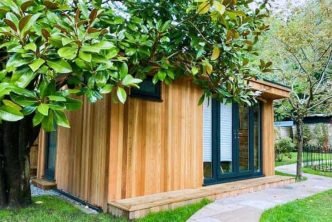If you live in the urban area, there are a few things that simply seem impossible like having a growing garden or getting a parking space.
However, having a garden with a few vegetables and fruits for your family shouldn’t be on this list.
You’d be shocked at the number of people practicing urban gardening around you if you paid attention. Those beautiful hanging baskets and lush rooftop gardens provide a lot of food security and impact the economy positively.
To start a garden, there are a few things you’ll need to do. You’ll need to prepare your soil, choose the right plants, get the best ultrasonic pest repeller to protect your plants and much more.
Sounds complex? Yes. But it’s not if it’s broken to small chunks, and we will do that for you.
Let’s get started.
Table of Contents
1.Choose the Right Plants
Picking the right plants to grow in your urban garden may not seem like a big decision, but it determines how successful your venture will be.
To begin with, you’ll have to choose the conditions that your space closely matches as all plants have different needs. Some plants thrive in shady spots, while others prefer lots of sunlight.
It’s also vital that you consider the spread of the plants before you plant them. You need plants that will remain controllable through pruning.
For example, if you’re planning on growing garden peas, you’ll need enough space for them to develop and crawl for maximum harvest.
Also, some plants like shrubs will increase in size as time goes by, and considering their size beforehand may help you space them from the start to avoid overcrowding.
The other thing you’ll need to consider when choosing plants is the period they last. This will help you settle to a plant you’re ready to commit to. For example, evergreens remain green the whole year although the same flower, while annuals grow from seed, flower, back to seed and then die. Once they die, you have to replace them.

2. Learn Different Landscaping Methods
You’re probably wondering how to plant seeds if your space is minimal. Don’t worry. You’re not alone. With just a few ideas and creativity, you can successfully grow your garden.
Here are some ideas.
- Container gardening. One of the pros of using container gardening is that as long as your container is big enough, it can accommodate almost every vegetable or fruit. You’ll also need a good watering system and enough sunlight for your plants. Luckily, you can chase the sun as your plants are mobile.
- Vertical gardening. They’re so many plants that grow upwards when fitting production in a small place. For example, if you’re growing garden beans, this would be the best option.
- Raised beds. If you have space to fit a raised bed, this can be a great way to maximize your space and efforts. It makes it easy for you to remove weeds, which is an excellent deal for your back. When well-spaced, it’s even possible to tend to when in a wheelchair.
- Edible permascaping. This involves planting plants on areas that traditionally accommodate ornamentals. The best part is many ornamentals are actually edible, so using a landscape to get food might be easier than you think. For example, you can plant beautiful flowery plants that are edible in your lawn.
3. Preparing Garden Soil
Every healthy garden needs healthy soil. Taking time to prepare soil will reduce the amount of fertilizers and pesticides you’ll need.
Adding organic substances in the form of aged manure or using green manures or mulch is the best way to prepare the soil.
Adding chemicals will only replenish some nutrients but not help in protecting friable soil.
It’s also advisable to wash your hands before gardening to avoid any contamination.
4. Get the Right Fertilizer For Your Garden
Organic fertilizers are gentle and provide plants with the nutrients they need. They come from animals and plants, enhancing the soil ecosystem.
Some of the reasons that organic fertilizer is preferable are:
- They release their nutrients slowly when the plants need it, so they last longer.
- They improve the soil’s health by nurturing its microbes that help make necessary nutrients for the soil.
- They don’t harm the young roots of the seedlings. Some synthetic fertilizers have mineral salts that can kill roots and soil microbes if misused.
That said, you can use slow-release fertilizer in pellet form. Since you’re frequently watering your plants, regular fertilizer might be washed away out of the soil. But in pellet form, the compost will serve the plant for months.
Lastly, ask yourself how to stop grass growing in the garden. You can go for an organic weed killer, add a thick layer of mulch or even pour boiling water.
5. Water Your Plants Correctly
It’s crucial to water your plants frequently but not too much to drown them. Make sure you soak the container each time you water but pour the extra water that fills the saucer under the container. Making your plant sit in water may lead to root rot. Since one sign of rotting is wilting, many people think the plants need more water which worsens the situation.
On the other hand, plants that are exposed to too much sunlight may need more water as it can get extremely hot and dry. In this case, you may consider drought-tolerant plant such as succulents.
Final Call
Tending and growing an urban garden can be very demanding, but it can also be fun. It’s exciting to have a chance to choose the fruits and vegetables you want to grow. There’s also a sense of pride and achievement that comes with watching the plants grow and produce. There is even more satisfaction in consuming something you nurtured.
Gardening is relaxing and very rewarding, and you can do it anywhere. To ensure you get the best results, follow the five tips.
What’s stopping you from starting your urban garden?





